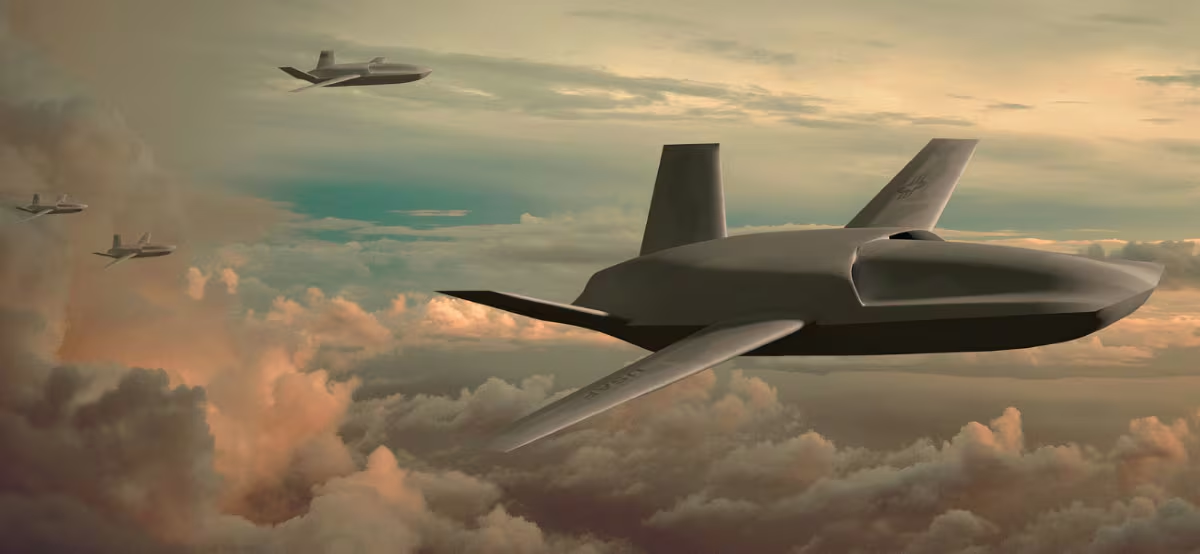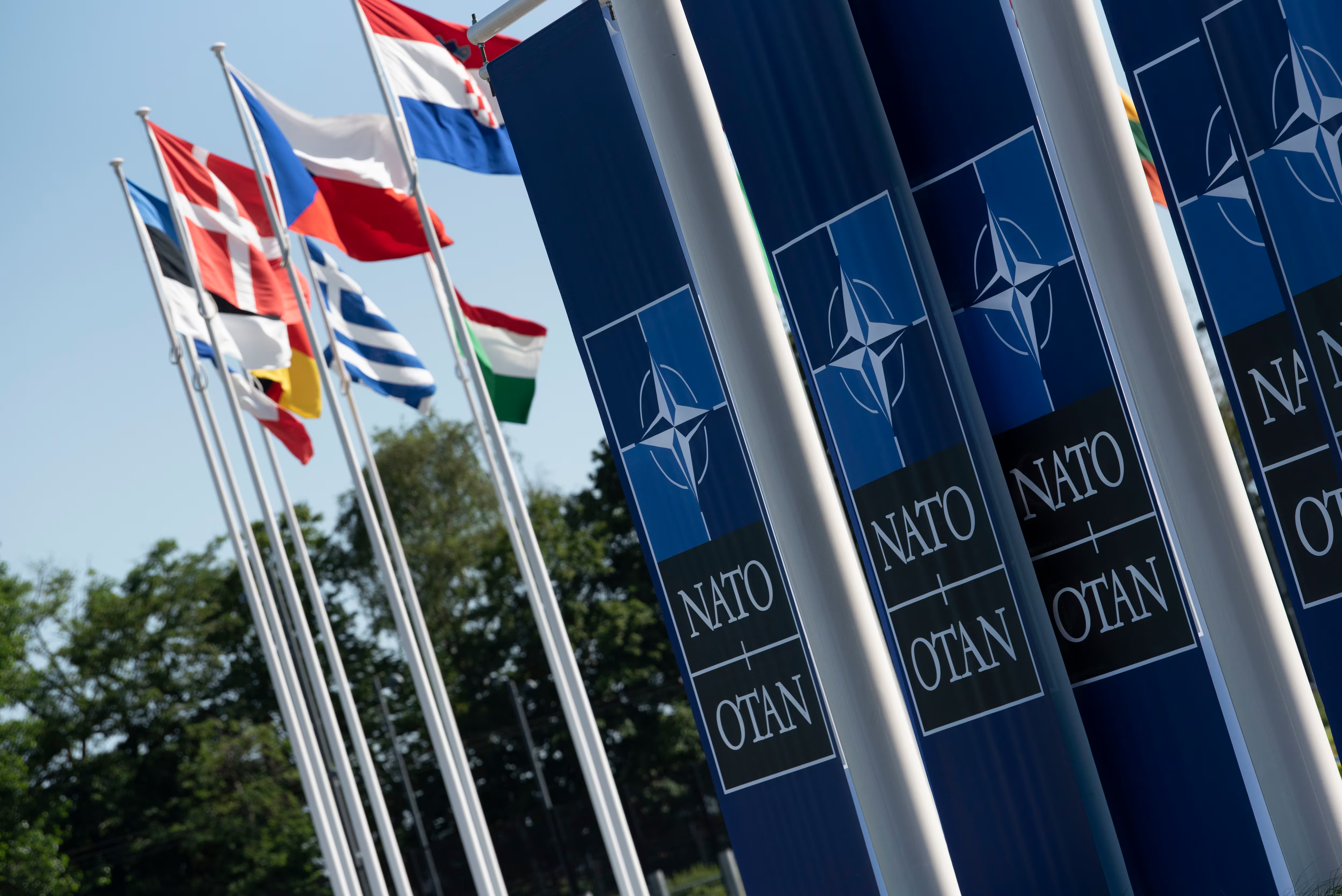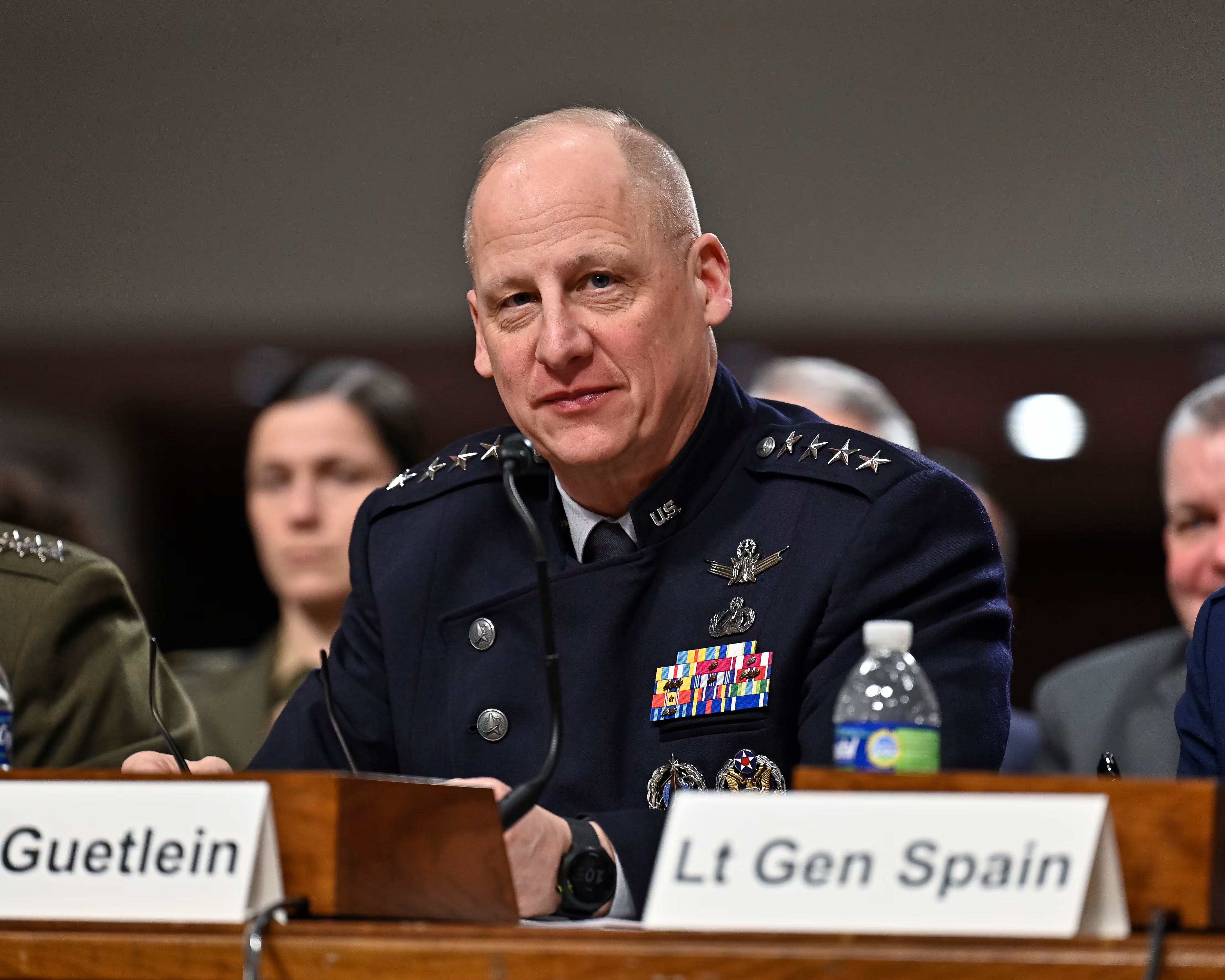WASHINGTON — The US Marine Corps plans to release a request for proposals for its Amphibious Combat Vehicle (ACV) 1.1 program in late March, according to the service's Program Executive Officer Land Systems office.
The ACV 1.1 is envisioned as by an eight-wheeled vehicle priced at $4 million to or $7.5 million each. Transported offshore by connector, it would weigh between 58,000 to and 63,000 pounds, carry 10 troops and three crew, and be equipped with an MK-19 grenade launcher or M2 heavy machine gun.
and MRAP-equivalent protection It would have to travel at least three nautical miles, negotiate waves of up to two feet, travel between 5 to and 6 knots in calm waters and, on land, keep up with an M1A1 Abrams tank.
Proposals are due in April, according to the Marine Corps' schedule. The acquisition office plans to award two engineering and engineering and manufacturing development (EMD) contracts of 16 systems each in November 2016, and in 2018, down-select and go to full production.
SAIC and partner ST Kinetics will offer a version of the Terrex vehicle, originally made in Singapore; Lockheed Martin is partnering with Finnish company Patria to modify its Havoc vehicle; General Dynamics Land Systems is offering a vehicle from its light armored vehicle III family; and BAE's likely offering is based on the Iveco SuperAV, according to a Congressional Research Service report.
The president's fiscal 2016 budget request contains $219 million for the program, and the effort was funded at $105.7 million in 2015.
The effort, based on requirements salvaged from the Marine Personnel Carrier program, is aimed at replacing the decades-old amphibious assault vehicles (AAVs). The Marines had spent $3 billion in developmental funding for the Expeditionary Fighting Vehicle (EFV) program and canceled it in 2011 due to poor reliability in operational testing and cost overruns.
The ACV fielding plan calls for 204 ACVs total, of which:
• 67 would go to I Marine Expeditionary Force at Camp Pendleton, California,
• 46 to II Marine Expeditionary Force at Camp Lejeune, North Carolina,
• 21 to III Marine Expeditionary Force, Okinawa, Japan,
• 25 to Assault Amphibian School, Camp Pendleton,
• 25 to Exercise Support Division, Marine Corps Air Ground Combat Center, Twentynine Palms, California,
• 20 to the program manager at Quantico, Virginia, and the Amphibious Vehicle Test Branch at Camp Pendleton.
The development effort will help feed requirements for the ACV 1.2. The Marines also plan to upgrade 392 AAVs, aimed at extending their service life through 2035. The first upgraded AAVs are supposed to join the fleet in 2019.
Email: jgould@defensenews.com
Twitter: @reporterjoe
Joe Gould was the senior Pentagon reporter for Defense News, covering the intersection of national security policy, politics and the defense industry. He had previously served as Congress reporter.








